1. If You Grew Up in the 1960s, You Remember These Shows
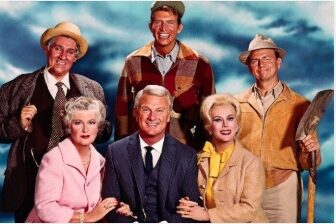
In the 1960s, country comedies and small-town dramas were some of the most popular shows on television. Families tuned in every week for Green Acres, Petticoat Junction, and The Beverly Hillbillies, which consistently drew millions of viewers and ranked among the top shows nationwide. These programs weren’t just entertainment, they were part of the American household routine. Then, almost without warning, CBS canceled them in 1971. This move, known as the Rural Purge, wiped out nearly one-third of the network’s prime-time lineup. For fans, it wasn’t just about losing a favorite show, but about losing the familiar comfort of television they had grown up with, replaced overnight by an unfamiliar new era of programming.
2. Remember, There Were Only Three Channels

The impact of the purge was amplified by the fact that Americans in 1971 had only three major networks: CBS, NBC, and ABC. Cable was in its infancy, and there was no streaming, no YouTube, and no DVR to fall back on. If a network canceled a show, it was truly gone, and viewers had no way to catch reruns except in rare syndication deals. This gave CBS extraordinary control over what the country saw on television. The network’s sweeping cancellations reshaped what families gathered around their living rooms to watch. Viewers who relied on their weekly dose of Mayberry humor or rural antics suddenly had no alternative, making the decision feel even more abrupt and personal.
3. The New Boss Wanted to Clean House

Behind the drastic cuts was CBS president Robert Wood, who stepped into the role with a vision of modernizing the network. Wood, along with his programming chief Fred Silverman, believed CBS’s rural-heavy schedule painted the network as outdated and less attractive to younger audiences. Advertisers were increasingly interested in reaching young, urban professionals with disposable income, not families in small towns. To shift CBS’s image, Wood and Silverman made the bold choice to axe long-running favorites that no longer fit their strategy. While many of these shows were still thriving in ratings, executives believed the future of television lay in programming that reflected changing urban lifestyles, social issues, and modern American culture.
4. The Victims: 12 Beloved Shows in One Sweep
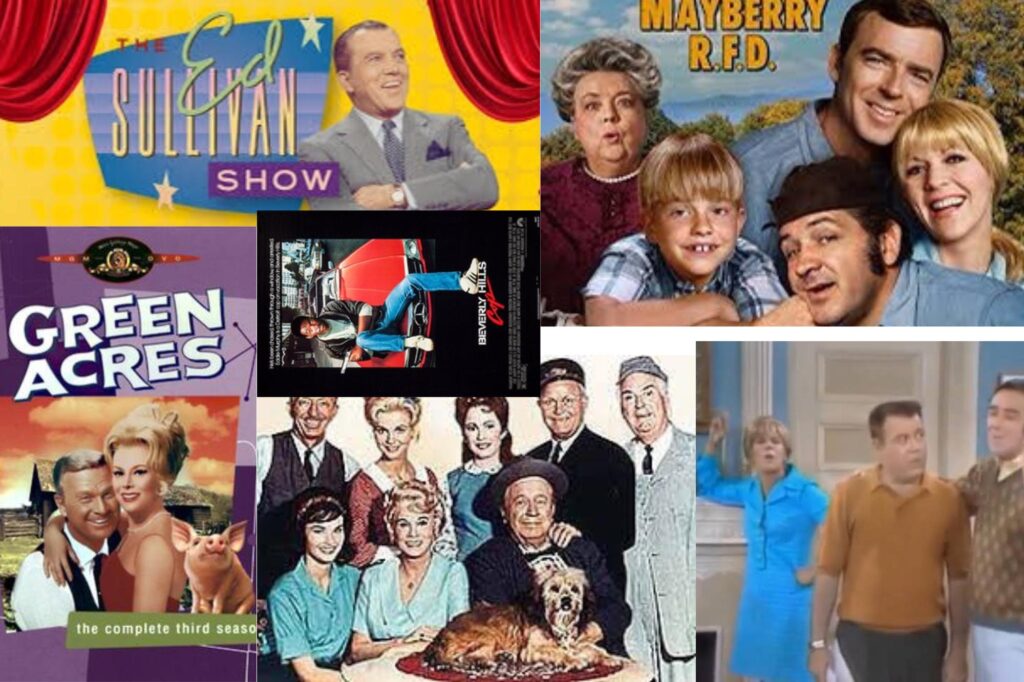
The cancellations came as a shock because of how widespread they were. The Beverly Hillbillies, Green Acres, Petticoat Junction, Mayberry R.F.D., Hee Haw, and The Jim Nabors Hour were all cut. Variety giants like The Ed Sullivan Show and The Red Skelton Show were also canceled despite being institutions of American television. In total, 12 prime-time shows disappeared in a single season. What stunned viewers most was that many of these programs were still ranked among the top 30 in ratings. It wasn’t a matter of performance, it was simply a ruthless network decision to pivot toward a different audience. Practically overnight, familiar characters and storylines that had been part of daily life were erased.
5. Not Because of Ratings
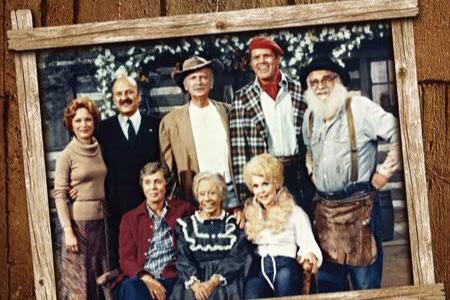
Perhaps the most painful part for fans was knowing their favorite shows hadn’t failed. The Beverly Hillbillies had been the number-one program in the country only a few years earlier, and Green Acres still had millions of loyal viewers. Hee Haw was pulling strong numbers too. But none of that mattered because CBS wasn’t chasing ratings alone, they were chasing the “right” demographic. Advertisers wanted younger, city-based audiences who were believed to have more money to spend on the products pitched during commercial breaks. To CBS executives, sticking with rural comedies meant clinging to the past, even if it meant turning away from millions of faithful viewers.
6. A Ruthless Advertising Logic

The Rural Purge was less about television taste and more about advertising dollars. By the late 1960s, advertising agencies were shifting their focus toward young, urban consumers. They were considered the group with the most disposable income and influence over cultural trends. Rural-themed shows, no matter how popular, were seen as catering to an audience advertisers believed was less profitable. To CBS executives, keeping country comedies and small-town dramas meant risking their reputation with Madison Avenue. So, even as viewers tuned in loyally, the network saw the lineup as a liability. The decision to cancel wasn’t personal, it was business, and it showed just how much power advertisers held in shaping what America saw on TV.
7. The New Face of CBS
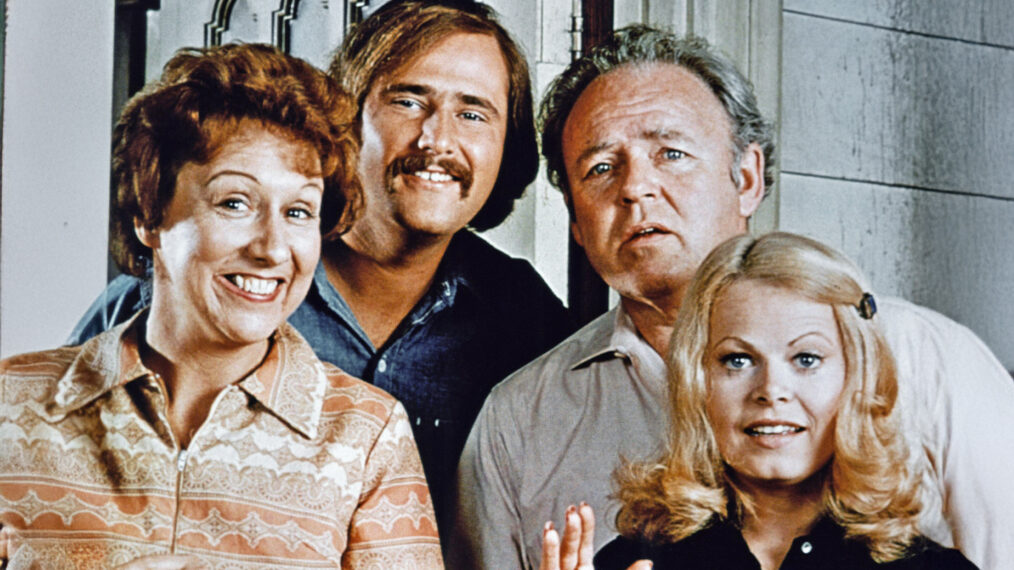
Once the rural comedies were gone, CBS quickly filled the gaps with shows that felt urban, modern, and more socially relevant. All in the Family premiered in 1971 and set the tone, confronting issues like race, politics, and generational divides with humor and edge. Soon after came The Mary Tyler Moore Show, Maude, and later MASH, programs that tackled contemporary themes in ways that older shows never had. The shift was striking: CBS went from cornfields and small-town charm to city apartments and topical debates almost overnight. This rebranding turned the network into a leader in “relevant television,” and many of these new shows went on to become classics of their own.
8. A Shock to Loyal Viewers
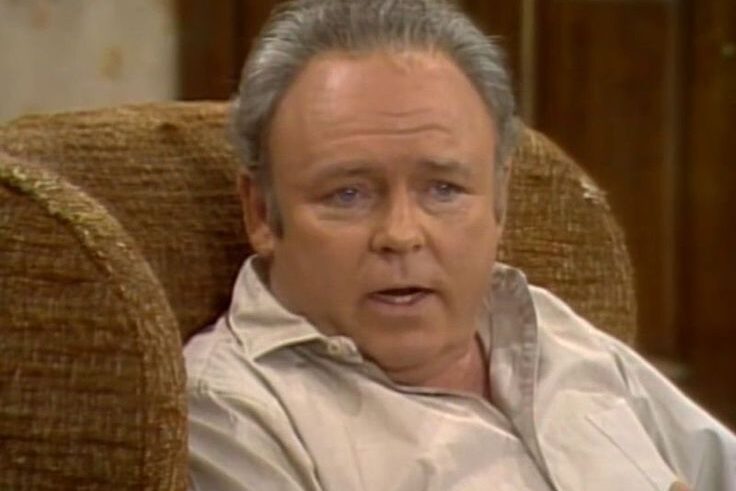
For families who had spent the 1960s enjoying the lighthearted humor of rural comedies, the purge felt like an abrupt betrayal. One year, Sheriff Andy Taylor was keeping peace in Mayberry; the next, Archie Bunker was arguing about politics at the dinner table. The sudden disappearance of these beloved shows created cultural whiplash for audiences who weren’t looking for edgy or urban stories. For many, those rural comedies were more than entertainment, they were weekly comfort and tradition. The cancellations didn’t just change TV schedules; they changed the emotional connection viewers had with their nightly routines, leaving many feeling that television had moved on without them.
9. Overlooked Victims Too
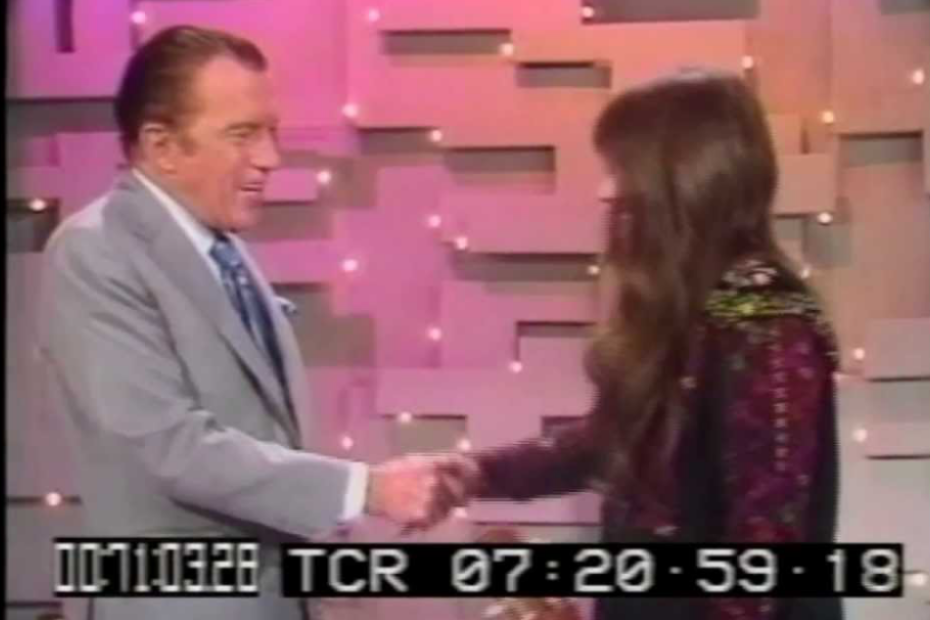
Although the term “Rural Purge” focuses on the loss of country-centric programming, the cancellations reached beyond those shows. Variety staples like The Ed Sullivan Show and The Red Skelton Show also fell victim. These weren’t rural comedies, but CBS executives considered them “old-fashioned” and out of step with the modern image they wanted to project. Both had been cornerstones of American television for decades, with Ed Sullivan introducing acts like The Beatles and Elvis Presley to the nation. Still, their long runs didn’t protect them from the sweep. Their cancellation proved that CBS wasn’t just trimming rural fare, they were cutting anything that felt tied to an older era of TV.
10. The Power of CBS

The 1971 purge revealed just how much influence a single network could have over American culture. By canceling nearly one-third of its prime-time lineup in one season, CBS reshaped the national conversation about television. Viewers had no streaming platforms or digital archives to revisit their favorites, and local syndication could only preserve a handful of shows. If CBS canceled a program, it effectively vanished from daily life. This power meant that the decisions of a few executives could redefine what millions of households watched every night. The Rural Purge became a reminder of just how centralized television was in that era, when three networks alone could dictate the nation’s entertainment.
11. The Backlash And Survival Elsewhere

While CBS turned its back on rural comedies and variety shows, some of the canceled programs proved there was still an eager audience waiting. Hee Haw, for example, went into syndication and found remarkable success, running for another two decades on local stations that happily served rural viewers. The show’s continued popularity highlighted how out of touch the purge felt to many fans. It showed that millions of Americans still craved the humor, music, and small-town spirit that CBS had dismissed as outdated. Though CBS moved on, the strong survival of shows like Hee Haw revealed that the network’s decision wasn’t about demand, it was about image.
12. Whatever Happened to the Men Behind the Purge
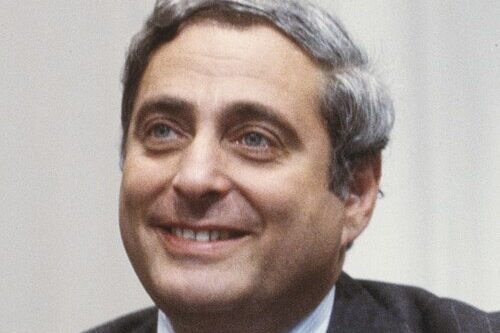
The Rural Purge not only reshaped television but also helped define the careers of the men who orchestrated it. Fred Silverman, the ambitious programming chief who carried out the cuts, went on to become one of the most influential figures in TV history, eventually running CBS, ABC, and NBC, the only person to lead all three major networks. Robert Wood, the CBS president who authorized the purge, never reached the same public profile, but he’s remembered in media circles as the man who had the nerve to swing the axe. Together, their decision marked a turning point in television, proving that executives could transform an entire network almost overnight.
13. The Pendulum Always Swings Back
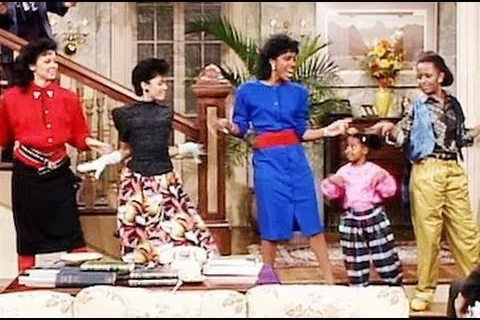
Television trends are never permanent, and the Rural Purge proved just how cyclical programming can be. The 1970s leaned into urban realism, with shows tackling hot-button issues and gritty settings. By the 1980s, however, audiences were once again drawn to the comfort of family and suburban life in shows like The Cosby Show and Family Ties. Decades later, cable and streaming would rediscover rural America with hits like Duck Dynasty, Friday Night Lights, and Yellowstone. The Rural Purge shows how networks often swing too far in chasing the “right audience,” only to circle back when viewers crave balance. Fifty years later, both city streets and country fields still have a place on TV.
This story was first published on Daily FETCH


